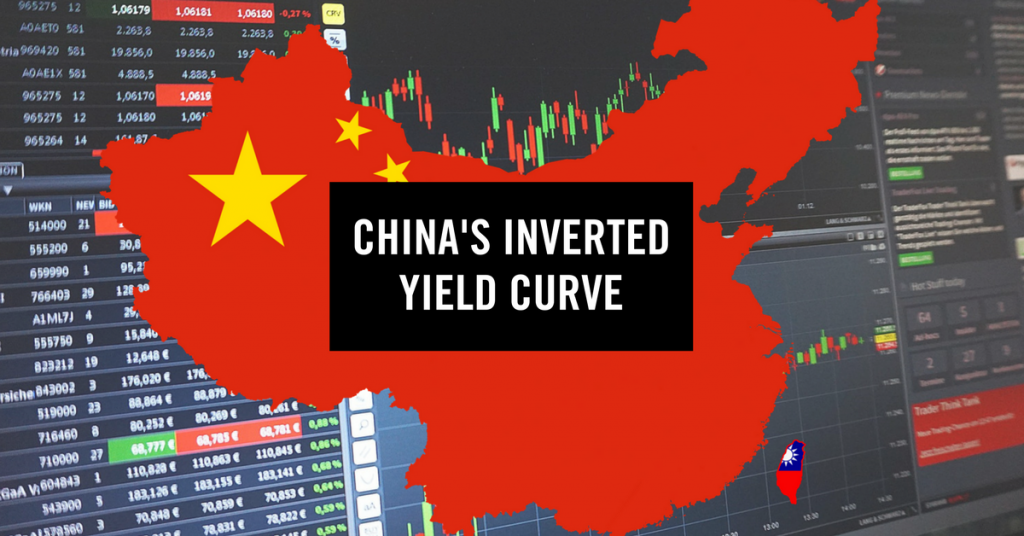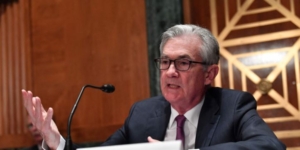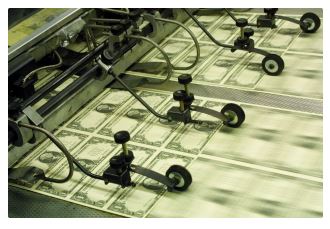If A Yield Curve Inverts In China, Does It Signal A Looming Recession?
The Sevens Report is the daily market cheat sheet our subscribers use to keep up on markets, seize opportunities, avoid risks and get more assets. Start your free trial today.

Last week, in our post, “Will Chinese Credit Impulse Impact Global Markets?“, I explained how China remains the largest macro threat to the rally as it begins to deflate its massive credit bubble, a credit bubble that has funded asset bubbles across geographies (Australian property, California property, Treasuries, stocks, etc.).
At this point, it’s just a risk, as there are no concrete signs that the Chinese economy is in trouble, although the Chinese bond market is signaling some caution.
First, it’s well known that inverted yield curves predict recessions. Here in the US, the inverted yield curve predicted the ’81, ’91, and ’00 recession, and the ’08 financial crisis (remember the yield curve inverted in ’05, and stayed that way until the Fed started cutting rates in late ’07).
So, it is noteworthy that the Chinese government bond yield curve is essentially flat, and in some cases has inverted. For instance, as of yesterday the three-year government bond was yielding 3.558%, higher than the 5 year at 3.524%. And, the 7 year was yielding 3.626%, higher than the 10 year, which yielded 3.56%. So, while not a total inversion, it is safe to say it’s flat.
Now, before we go running for the hills and sell stocks, we have to realize this is China, not US Treasuries. As such, liquidity distorts this picture somewhat. For instance, 10-year Chinese bonds are by far the most liquid, so they will move more than other issues. Still, this is not the type of yield curve that implies an economy that is healthy. Again, this matters because the last time we got a Chinese economic scare, it caused the S&P 500 to collapse 10% in a few days… not once, but twice in a six-month period.
Bottom line, I’m not saying get defensive, but I am saying that from a macro standpoint 2H ’17 is shaping up to be more bumpy than 1H ’17, and I want everyone to be prepared. We will be watching China closely for you.
If you feel like at any moment this market could turn around – and in a hurry—subscribe to The Sevens Report. Get smarter, faster.




